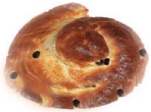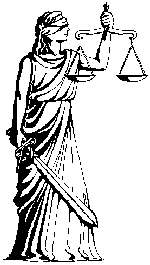Rosh Hashanah Traditions

I grew up with apples and honey and sweet foods to eat for Rosh Hashanah. A big meal before services and going to listen to the shofar sound.
More recently I have learned that there are many more interesting traditions associated with this wonderful holiday to start the new year. Here are a few of these:
• It is the beginning of the days of awe and we should spend the next 10 days making sure we make amends with any people who we may have offended or done wrong by.
• Tashlich - "You will cast all your sins into the depths of the sea." (Micah 7:19)
On the afternoon of the first day of Rosh Hashanah it is tradition to walk to a river or spring (preferably one that has fish in it) and recite special prayers called penitential prayers. After you say the prayers you throw the bread crumbs into the water.
Some people keep a piece of the Afikoman from Passover for this purpose and thus link the holidays together.
Tossing the bread crumbs on the water is symbolic of casting away our sins and starting a new year with a clean slate.
• Other symbolic foods to eat especially on Rosh Hashanah
- Honey Cake
- Round Challah
Link - Round Challah
- The head of a fish is so that we can be "like the head and not like the tail."
- Pomegranates symbolic of plenty because of the many seeds (some say 613 like the mitzvot in Torah).
- Carrots symbolize the Yiddish word "merren" which also means more. We want more of all the good things in life.
For Sephardic Jews, carrots are symbolic of the phrase "Yikaretu oyveychem" which means may your enemies be cut down.
We ask that those who wish bad for us not get their wish, that they don't succeed.
• A Sephardic Seder for Rosh Hashana Link About Seder for Rosh Hashanah
• One site speaks of having a vegetarian Rosh Hashanah: No meat for Rosh Hashanah


 Deut. 19:15 - 21
Deut. 19:15 - 21 Picture of the code as it is seen now as it was written on a stele placed in the temple of Marduk in Babylon
Picture of the code as it is seen now as it was written on a stele placed in the temple of Marduk in Babylon Traditions Renewed
Traditions Renewed
